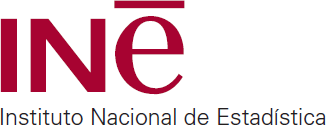Main results
- The percentage of the population at risk of poverty or social exclusion increased to 26.5%, from 26.0% in 2022.
- The percentage of the population in a situation of severe material and social deprivation rose to 9.0%, compared with the figure of 7.7% the previous year.
- The average expenditure per person stood at 14,082 euros in 2022, with an annual increase of 8.3%.
- 9.3% of the population made it to the end of the month with “great difficulty”, compared to 8.7% in 2022.

